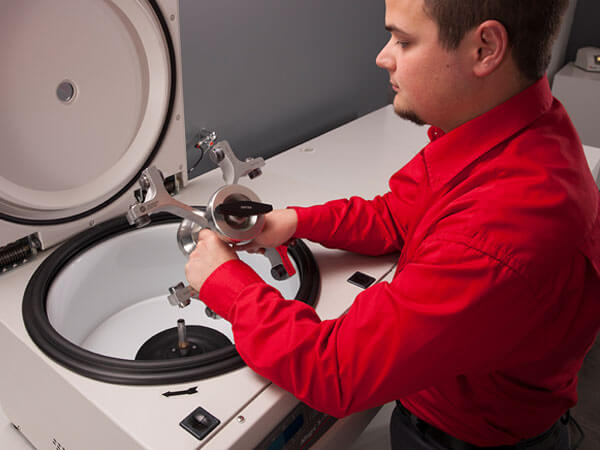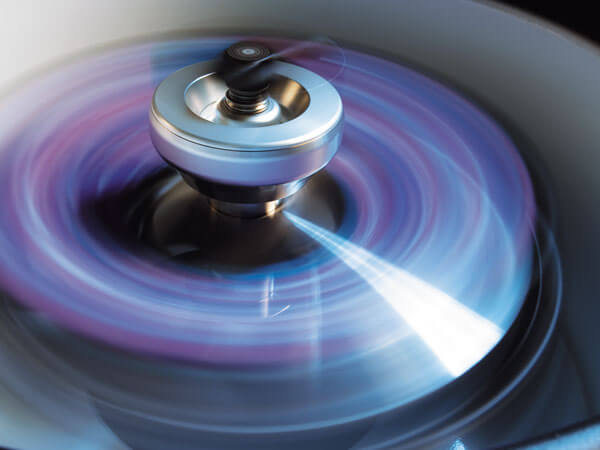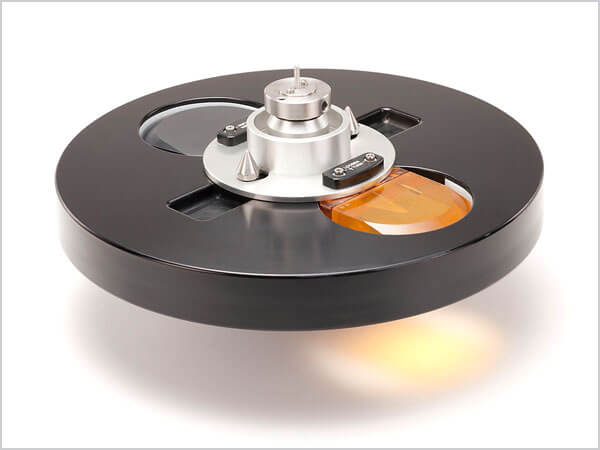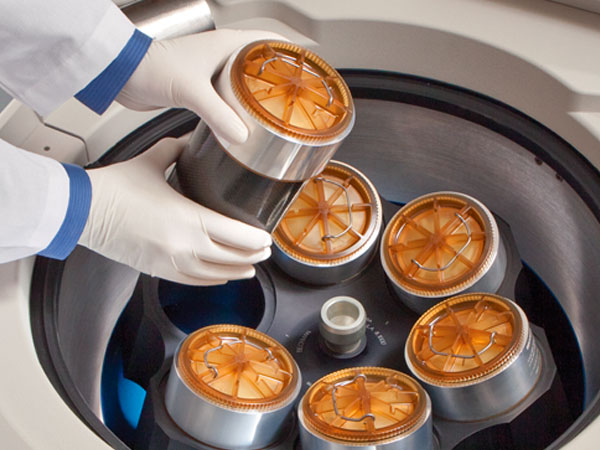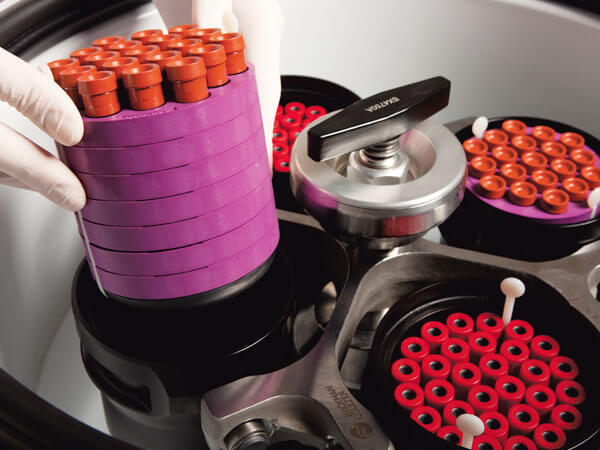Principles of Centrifugation
You may have operated a centrifuge before. Or perhaps this is your first day on a new job at a new lab or Life Science facility. Whatever the case may be, you may have some questions about centrifuges and their operating principles.
We hope to provide an overview of basic centrifugation operating principles. We think you’ll be a better centrifuge operator if you understand why separations can be made using centrifugal force.
Centrifuges have three basic components:
- A rotor
- A drive shaft
- A motor
The rotor holds the tubes, bottles, or bags containing the liquids to be centrifuged. Different rotor types and sizes, interchangeable with one another, can be mounted on the drive shaft, which connects to the motor. The motor provides the power to turn the rotor.
Usually, a cabinet surrounds and supports these parts, and also protects the operator should a tube break or any metal parts fail while the centrifuge is running. The operating controls and indicator dials for speed and time are mounted on the cabinet. Most centrifuges have a brake system to bring the rotor to a standstill shortly after the run is finished.
Unlike the mechanical brakes on a car, the braking action is electrical, the current to the motor is simply reversed. Many centrifuges are also refrigerated to prevent delicate biological samples from getting warm.
There are two centrifuge configurations: floor model and tabletop. The difference between the two is basically one of capacity; their operating principles are the same.



